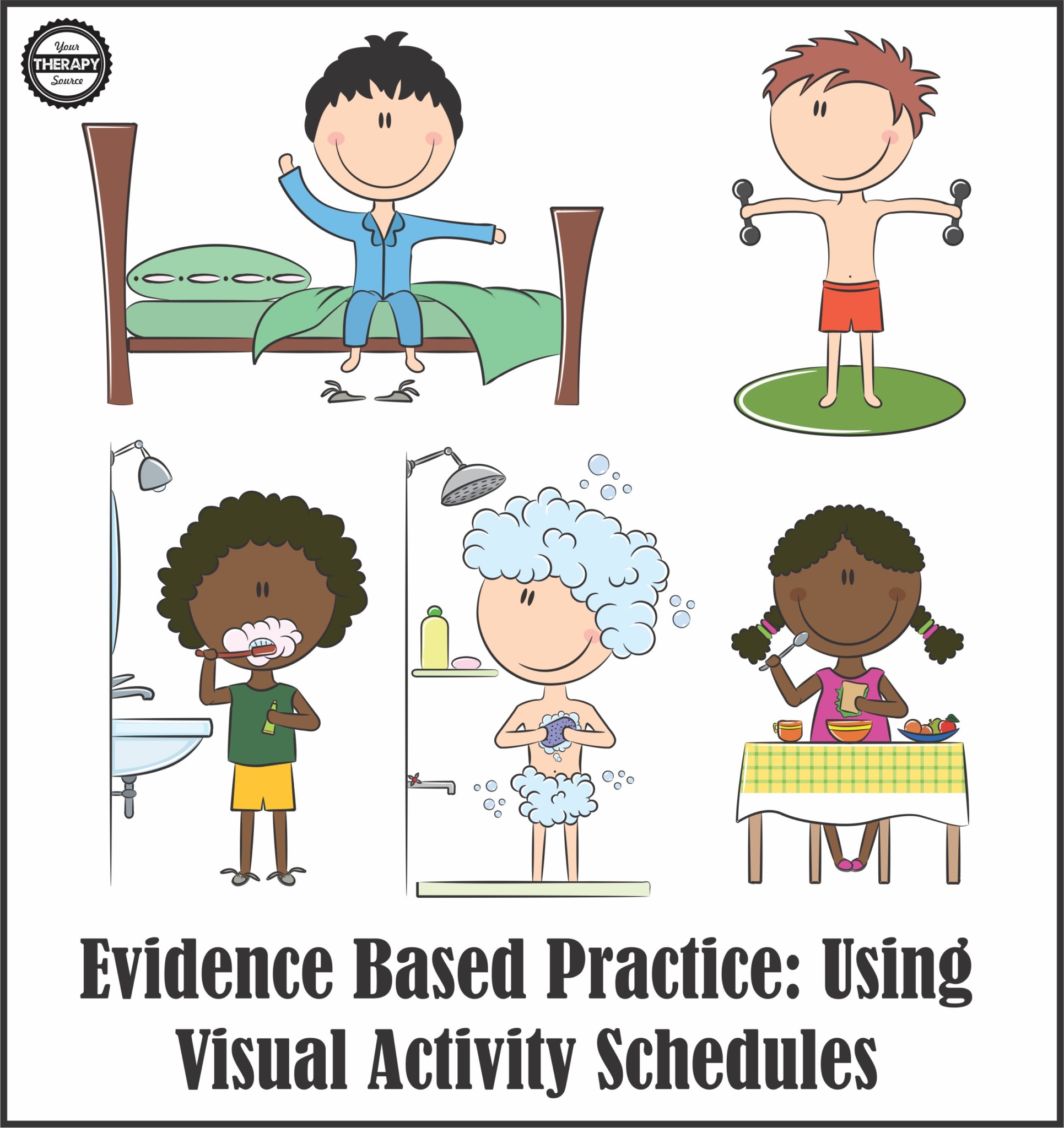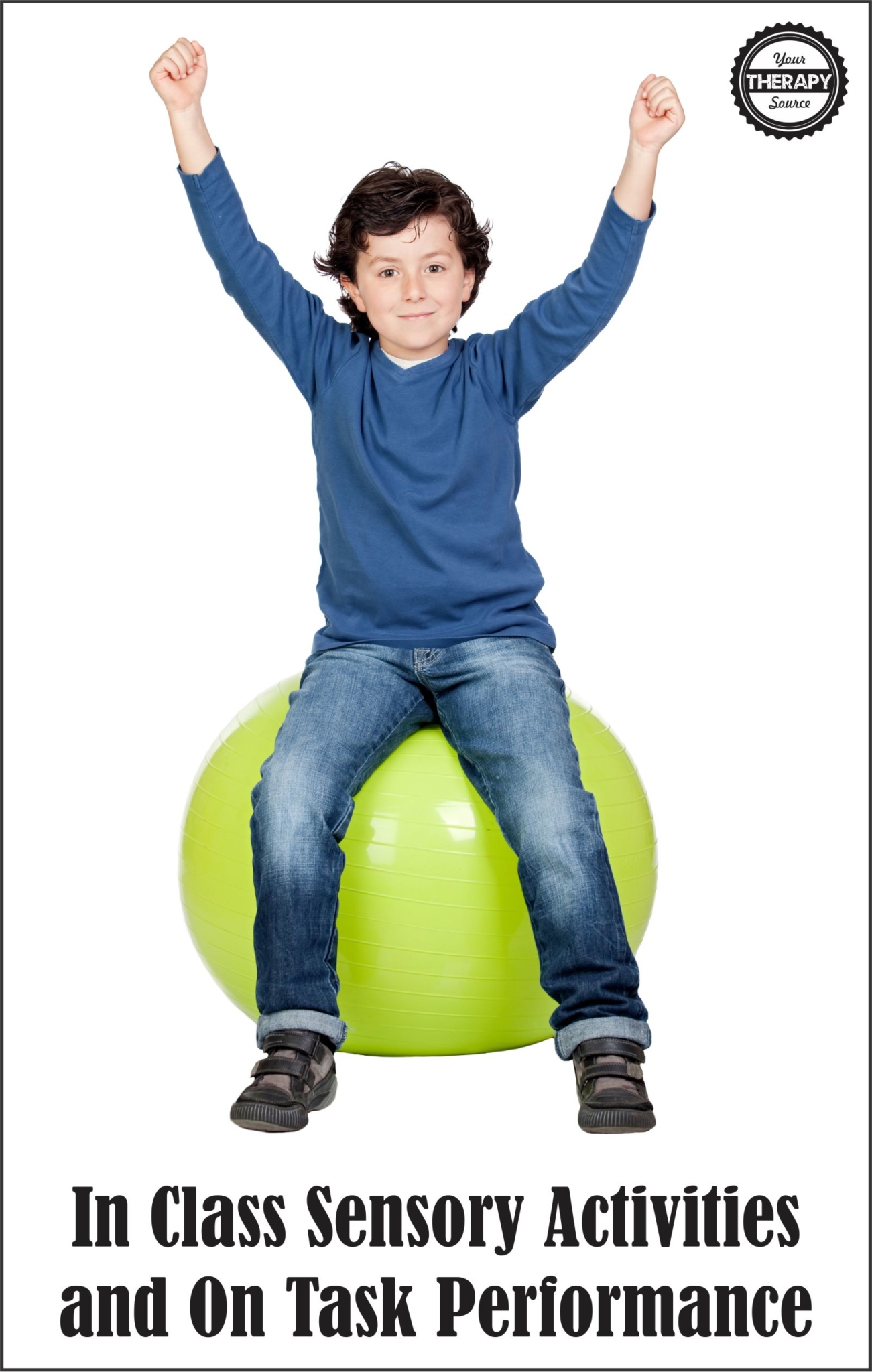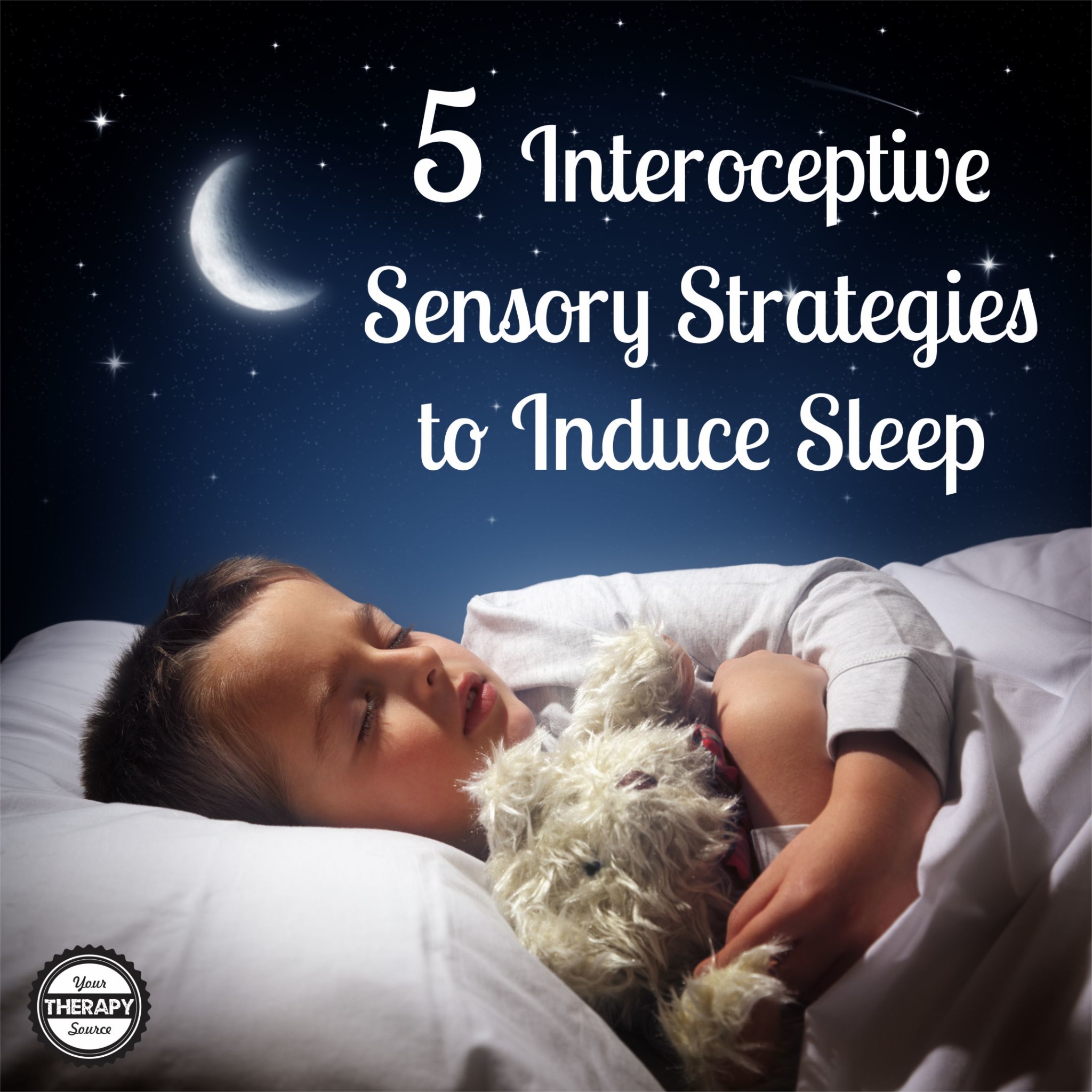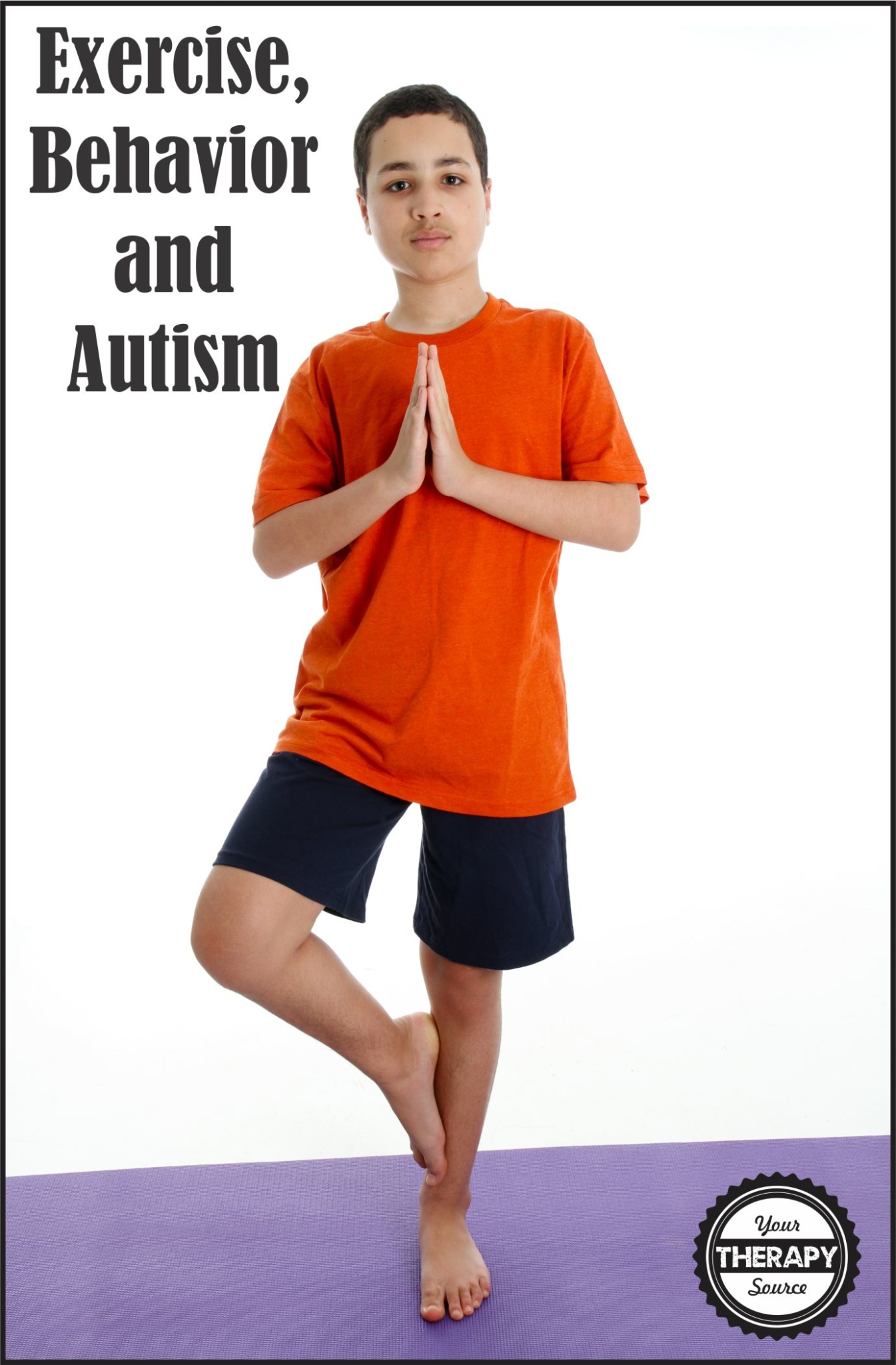Evidence Based Practice: Visual Activity Schedules
Research indicates that using visual activity schedules can be an evidence based practice for individuals with autism spectrum disorder (ASD) particularly when used along with systematic instructional procedures. Visual activity schedules have been utilized to increase, maintain and generalize a range of skills from preschool through adulthood in different settings. Considering most of our goals […]








